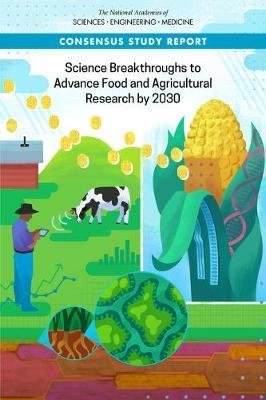For nearly a century, scientific advances have fueled progress in U.S. agriculture to enable American producers to deliver safe and abundant food domestically and provide a trade surplus in bulk and high-value agricultural commodities and foods. Today, the U.S. food and agricultural enterprise faces formidable challenges that will test its long-term sustainability, competitiveness, and resilience. On its current path, future productivity in the U.S. agricultural system is likely to come with trade-offs. The success of agriculture is tied to natural systems, and these systems are showing signs of stress, even more so with the change in climate. More than a third of the food produced is unconsumed, an unacceptable loss of food and nutrients at a time of heightened global food demand. Increased food animal production to meet greater demand will generate more greenhouse gas emissions and excess animal waste. The U.S. food supply is generally secure, but is not immune to the costly and deadly shocks of continuing outbreaks of food-borne illness or to the constant threat of pests and pathogens to crops, livestock, and poultry. U.S. farmers and producers are at the front lines and will need more tools to manage the pressures they face.Science Breakthroughs to Advance Food and Agricultural Research by 2030 identifies innovative, emerging scientific advances for making the U.S. food and agricultural system more efficient, resilient, and sustainable. This report explores the availability of relatively new scientific developments across all disciplines that could accelerate progress toward these goals. It identifies the most promising scientific breakthroughs that could have the greatest positive impact on food and agriculture, and that are possible to achieve in the next decade (by 2030).Table of ContentsFront MatterSummary1 Introduction2 Crops3 Animal Agriculture4 Food Science and Technology5 Soils6 Water-Use Efficiency and Productivity7 Data Science8 A Systems Approach9 Strategy for 2030Appendix A: Biographical Sketches of Committee MembersAppendix B: Open Session Meeting AgendasAppendix C: IdeaBuzz Submissions Synopsis and Contributors


